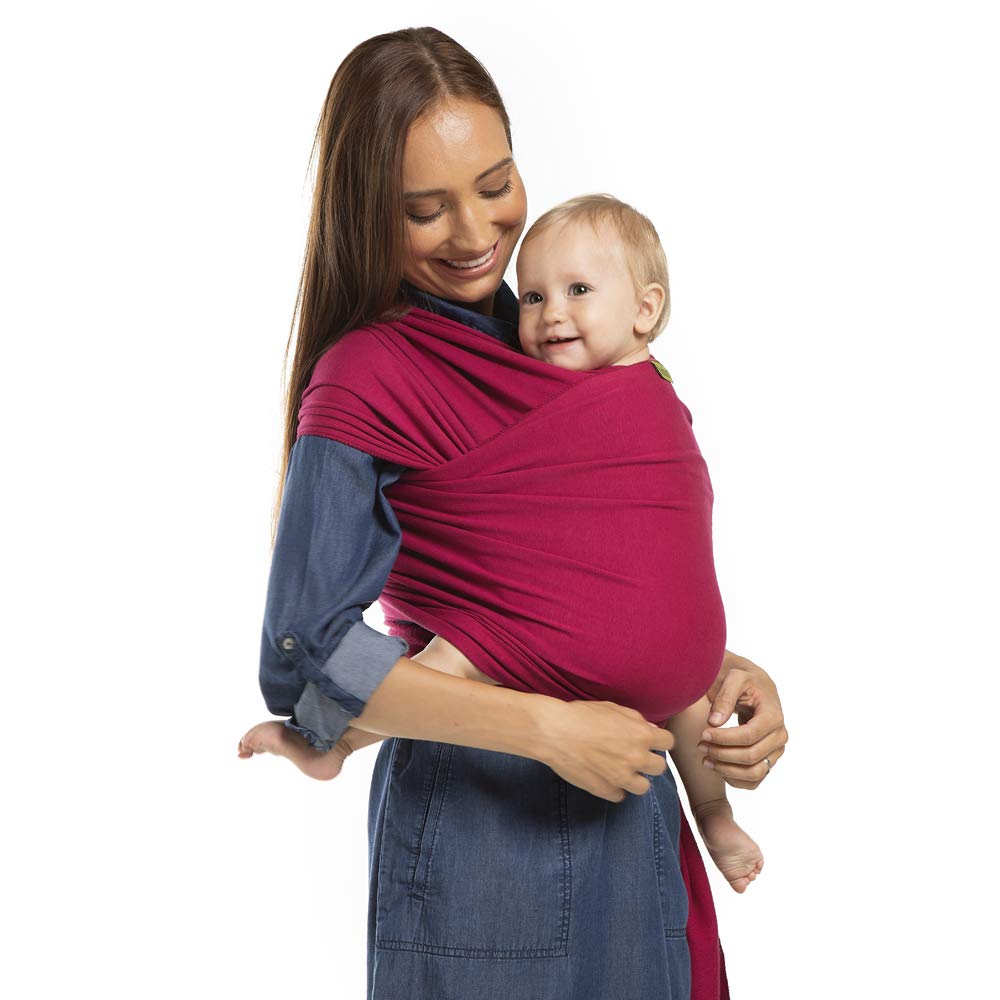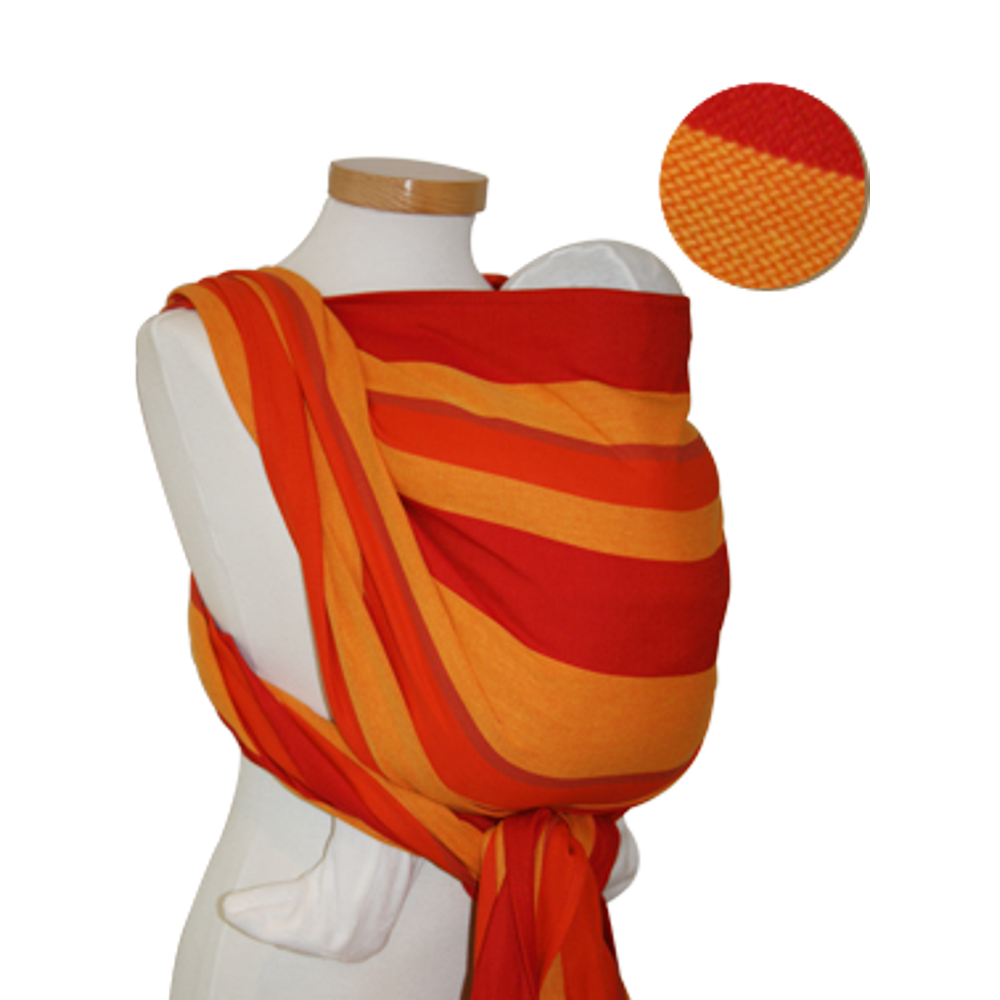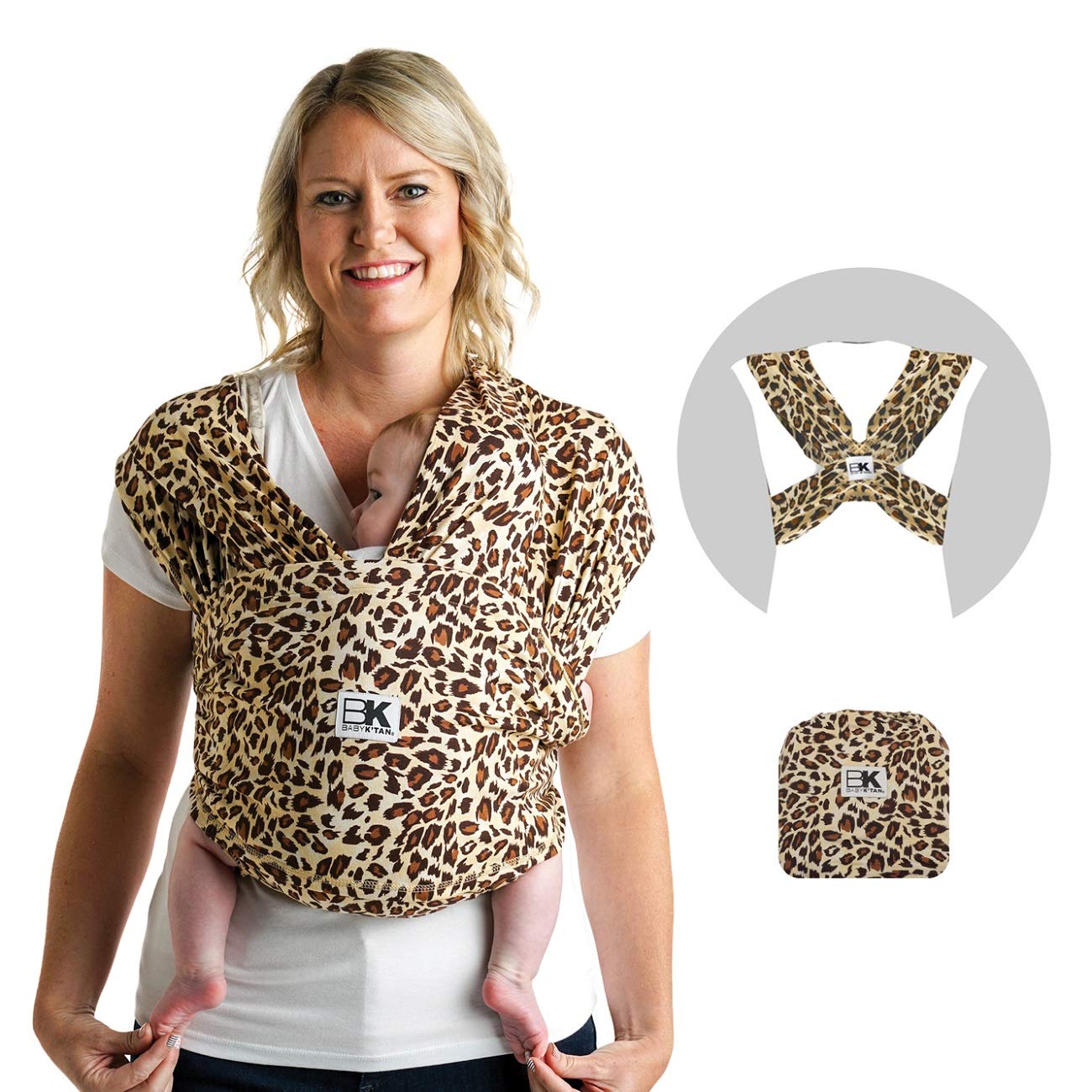Best Baby Wraps
Last Updated:
|
Boba Wrap
($)
|
❯ |
|
Storchenwiege Leo
($$)
|
❯ |
|
K'Tan Wrap
($$)
|
❯ |
Please read our Video Policy.
| PLAY |
Boba Wrap Tying 101 |
| PLAY |
How to Do the Newborn Hold In a Boba Wrap |
| PLAY |
How To Wear a Wrap and Breastfeed |
| PLAY |
How to Use Boba Wrap | ♡ Boba Wrap Newborn-6 months |
| PLAY |
Review |
What's Trending ...
Don't like our picks? Take a look at what's popular in baby wraps on Amazon: Best Sellers (updated hourly), Most Wished For (in Registries), Gift Ideas (ordered as gifts) and New Releases (updated hourly).
Buying Guide
Baby wraps are long swaths of fabric that are wrapped around the body and tied in place to support a child.
Learn more about Wraps, Where To Start, Sizing Baby Wraps, Baby Wrap Safety, and Hip Dysplasia.
What Is A Wrap?
A wrap is a long rectangular length of fabric that wraps around the wearer and child and tied to secure the ends. Wraps have no clasps, rings or buckles. They come in a vartiety of lengths and fabrics, and can be used to carry an infant or toddler on the wearer's front, hip or back. A wrap provides support for the child's head, neck and back and distributes the child's weight across the wearer's shoulders and hips. Wraps are adjustable to meet the needs of the individual wearer. While there is a learning curve for properly tying a wrap, the technique can be mastered with practice.
There are two main types of wrap: stretchy and woven. A stretchy wrap is made of knit or with a natural fiber like cotton blended with spandex or lycra. Woven wraps are made of woven fabric of varying thickness. Cotton is the most common woven wrap fabric - silk, linen, bamboo and hemp are also used.
Have a question? Contact us.
Where To Start?
If you are new to baby wraps or just looking for information about wraps, the Amy Wraps Babies site is a great place to start. It has an extensive resource page that is divided into topics for easy referencing. Some of the topics covered are: baby wrap resources for beginners, wrap basics for any skill level, tandem baby wearing, baby wearing for children at risk or with special needs, baby carrier safety and hip dysplasia. The site also has what is probably the most comprehensive list (with videos!) on the Internet of all the known wrap carries and their variations.
Have a question? Contact us.
Sizing Baby Wraps
Wrap sizing is determined mainly by three factors: 1) the size of the wearer, 2) the type of baby carries the wearer wants to do, and 3) the qualities (e.g. thick or thin, stiff or flexible) of the wrap fabric.
Most popular brands of stretchy wraps are one-size-fits-all (like our best picks for stretchy wraps). These are usually around 15 feet long or about 4.6 meters. There are, however, more restrictions on what can be done with a stretchy wrap compared to a woven wrap. Most stretchy wraps require three layers of fabric around a baby while a woven wrap will generally require only one layer. Also, most stretchy wraps are for front and hip carries and not recommended for back carries.
With woven wraps, practically anyone can use just about any size wrap; however, a good rule-of-thumb would be to
purchase a wrap that corresponds to the wearer's base size.
The base size is the wrap size required to do a
Front Wrap Cross Carry (FWCC).
Although there's no precise formula for base sizing, use this chart as a guide:
| Base Size |
Wrap Length meters | feet | inches |
T-Shirt Size |
| 4 | 3.6 | 11.8 | 142 | XXS |
| 5 | 4.2 | 13.8 | 165 | XS - S |
| 6 | 4.6 | 15.1 | 181 | M - L |
| 7 | 5.2 | 17.1 | 205 | XL - XXL |
| 8 | 5.5 | 18.0 | 217 | XXXL |
A size 6 wrap should suffice for an average size person. Larger than average (over 180 lbs.), pregnant or very big-chested wearers should go with a size 7 or 8. Petite builds under 130 lbs. could probably make do with a size 5 . The only way to know for sure is to try a wrap.
Baby Wrap Safety
Wrapping is both fun and functional but there are safety rules that must be observed to ensure that the child is properly positioned in the wrap and can be monitored. T.I.C.K.S. is an acronym for safe babywearing rules developed by the UK Sling Manufacturers and Retailers Consortium. These safety guidelines are especially important for newborns who have little or no ability to control their head and neck.
Tight
The wrap should be tight enough so that the child is held snugly against the wearer's boby.
Any slack or loose fabric will most likely cause the child to slump which can lead to poor posture, difficulty breathing and
in extreme cases, death.
Also, a loose fitting wrap can cause strain on the wearer's neck, shoulders and back.
In View At All Times
The wearer should always be able to see the child's face by simply looking down and should not have to open the wrap to check
on the child.
Close enough To Kiss
The child should be carried as high up as comfortably possible so that the child can be kissed on the head or forehead by a
forward tip of the wearer's head.
Keep Chin Off The Chest
A wrapped child should never be curled so that its chin touches its chest.
This can restrict breathing.
Always ensure that there is at least a finger-width space under the child's chin.
Supported Back
In an upright carry, the child should be held comfortably close to the wearer so that the child's back is supported in its
natural seated position.
This can be tested by applying slight pressure to the child's back.
The child should not uncurl or move closer to the wearer.
Hip Dysplasia
It is especially important that proper infant hip positioning is maintained during babywearing. As many as one in six newborn babies have mild hip instability or dislocation (also known as hip dysplasia) at birth, and approximately one per thousand has a dislocated hip. Certain factors such as a family history of hip dysplasia, breech positioning, prolonged labor and larger babies increase the risk of an infant having or developing hip dysplasia. Chronic poor positioning in the first 4-6 months of life can also be a leading contributor. Positional care during babywearing can make a big difference in healthy hip development.
The International Hip Dsyplasia Institute is an excellent source of information on this condition. It's got brochures, a video library and a list of products that have been deemed “hip-healthy.”


